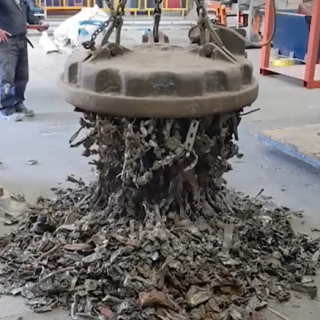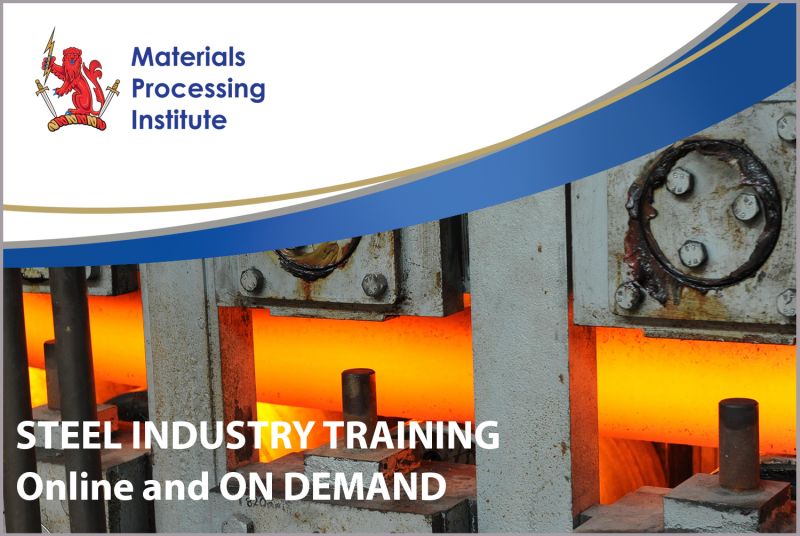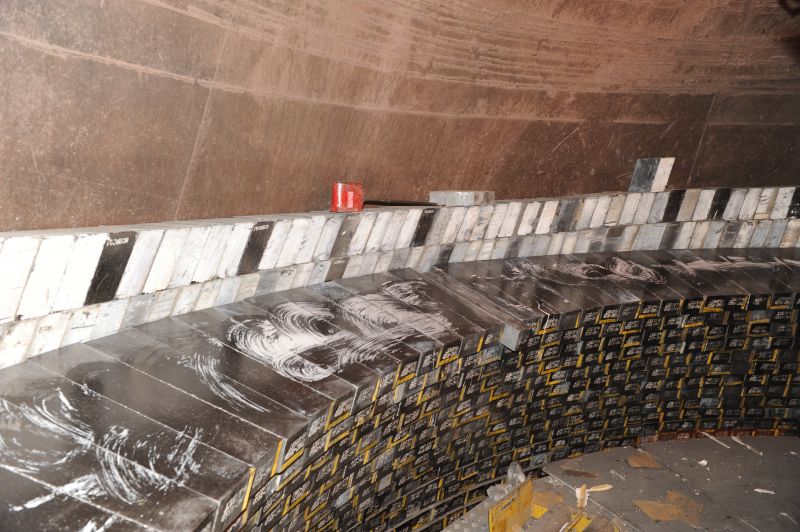Scrap steel analysis
19 January 2026



COURSE: Refractories for steelmaking and continuous casting
To access this course click here
The Materials Processing Institute has launched the third in its developing series of online steelmaking training courses which are can be accessed instantly and are available to complete at any time and on demand.
This new course gives and introduction to refractories, their properties and role in the steel industry, such as insulation, containment, safety, quality control and the mechanisms of wear and degradation. The course also considers the specific refractories and needs in particular parts of the steelmaking and casting process ranging from the primary steelmaking vessels (Basic Oxygen Furnace or Electric Arc Furnace) to the ladle, tundish and casting refractories. This looks at the types of refractories used for different applications, their care and maintenance.
The course is split into three 40 minute modules:
MODULE 1 – PRINCIPLES AND CONSIDERATIONS
This module covers what a refractory material is and the different types of refractories (acid, neutral and basic materials, bricks, hollow-ware, castable refractories, cements, rammed and sintered materials). Selection of different materials for different applications and how refractory cost varies through the process route are considered. The different influences on refractory wear such as erosion, corrosion, thermal and mechanical shock and the role of carbon are introduced. The operational considerations to manage refractory performance such as drying, curing, preheat and thermal cycles as well as stable operating conditions are noted.
MODULE 2 – REFRACTORIES FOR STEELMAKING PROCESSES
Module 2 builds upon the principles discussed in Module 1 and considers the refractories used in primary steelmaking processes in the Basic Oxygen Steelmaking Furnace (BOF) and the Electric Arc Furnace (EAF). The module introduces the different types of refractory used in different parts of the furnace and the reasons for these choices. The need to protect, replace or repair refractory in areas of high wear are noted and the effect of progressive wear and repair on furnace operational costs and in determining the optimal timing of reline.
MODULE 3 – LADLE, TUNDISH AND CASTING REFRACTORIES
Module 3 discusses refractory types and requirements in the secondary steelmaking, refining and continuous casting process (ladle, tundish and continuous casting). The purpose of different refractories in different parts of the process and operation are introduced. The importance of control of thermal cycles (correct preheat and control operating cycle) as well as control of flow and temperature for metal and slag to ensure both good product quality and optimum refractory performance are noted. Examples are given of refractory failure and wear and how design and operation aim to avoid this.
By taking the course you will:
• Understand what a refractory material is, and different refractory types.
• Understand the main types of refractory wear (Erosion, corrosion, thermal and mechanical stress) and principles to avoid this.
• Understand some of the basic principles of refractory care and maintenance.
• Introduction to the different refractories used in primary steelmaking (BOF and EAF) and the reasons for these choices.
• Introduction to the different refractories used in ladles and tundishes and the reasons for these choices.
• Introduction to the different refractories used in continuous casting, their wear mechanisms, and their effect on steel quality.
• Understand the basic principles of refractory operation and care (drying, curing, preheat, thermal cycles, wear, repair)
The course gives a comprehensive introduction to the importance of refractories and the principles behind the correct choice and use of refractories in a steelmaking and casting environment. The course is appropriate for steel plant operational, engineering and technical support teams in the early stages of their career, or for more experienced personnel moving into a new role in a steelmaking and casting environment.
For more information and to access this course click here
OTHER ONLINE STEELMAKING COURSES
Adding value by reducing quality defects in continuous cast steel semis
Continuous Casting Instrumentation for Optimum Steel Quality
4 September 2020